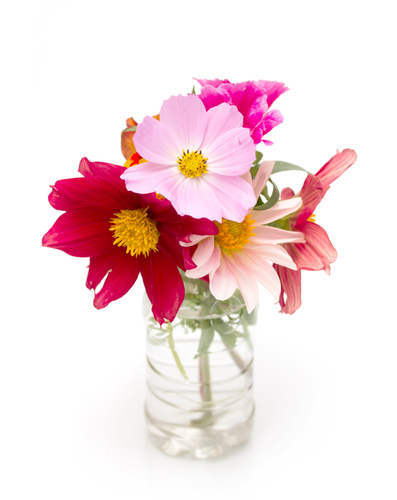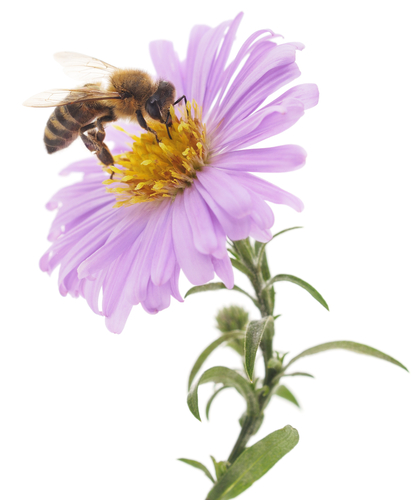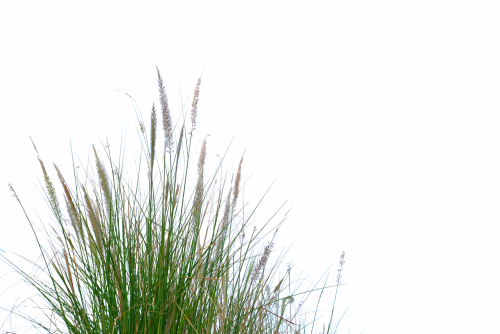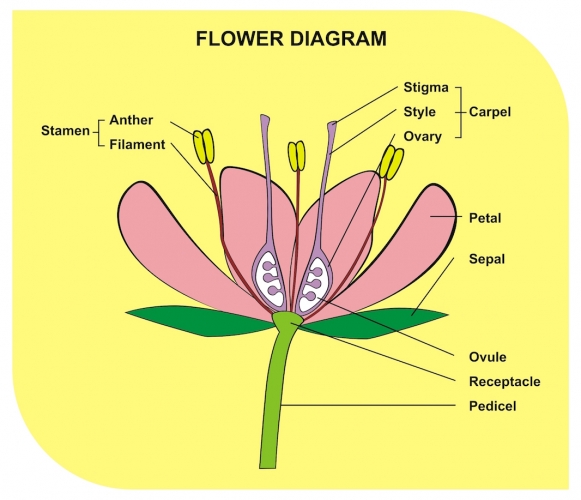Flowers - we think of them as big colourful things, but what are they for and why are they designed like that?

Well, first off, not all plants have flowers (things like ferns and mosses don't), but we're not studying those here - just plants with flowers.
Most importantly: flowers are the part of the plant's life cycle that are to do with reproducing themselves - to make more plants!
You'll have noticed that plants are stuck in the ground, so to reproduce themselves they have to enlist the help of something else, such as the wind, or a river or, as you'll have seen, insects such as bees. Some tropical flowers even use birds, bats or mice to pollinate them!

These insect-pollinated flowers are cleverly designed to make sure that the pollen that they need carrying to another flower gets on to the visiting insect.
Flowers that use the wind to transport their pollen are called ... wind-pollinated flowers! They look quite different as there's no point in going to the bother of being colourful - the wind won't blow your way just because your flower is colourful! Grasses and trees are often wind-pollinated and release masses of light pollen that floats on the breeze.

The design of a flower is very complicated, and you'll learn more and more about it as you continue your science course, but the basics of the design are similar from one flower to another, so we'll look at that basic design (even though you'll find that sometimes different names are used for the same thing!):

The job of the flower is to get the pollen from the male stamen to the top of the female carpel (the top part is called the stigma). As we've said, some flowers use insects to do this, others use the wind, and so on.
Once the pollen reaches the stigma, it has to grow down, inside the flower, and meet the female eggs (or ovules), deep in the carpel.
When the pollen grain fertilizes the eggs, then the seeds start to form. Once they're ready, they get dispersed and the life cycle starts again.
Hopefully, that all makes sense - anyway, you'll already have studied flowers before you tackle this activity, so you'll have some idea of what's going on. So, time to see what you have understood about what the job of the flower is and how they work. Have fun!







